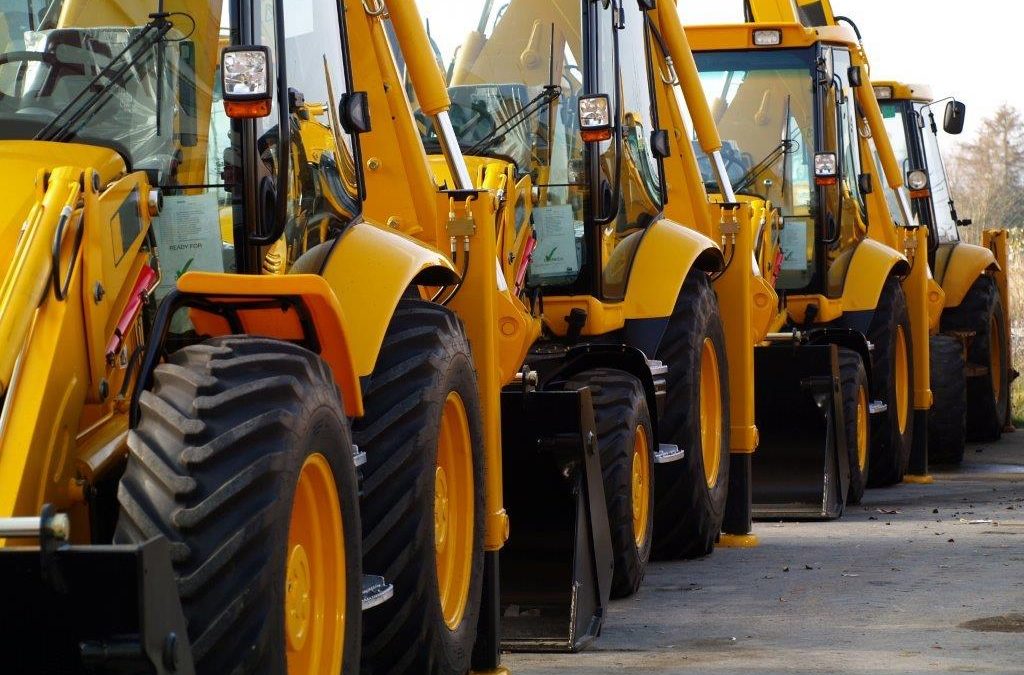When it comes to transporting vehicles, the two most common methods for overseas transport are ro-ro and close-container shipping. Ro-ro is short for roll-on/roll-off. It’s the most common way to ship cars, boats, travel trailers, tractors, and other high and heavy equipment and machinery overseas. Once your vehicles are on-board, they are secured to the car decks for added security.
Closed container shipping requires you to place your vehicle in a container that is then loaded onto a ship and transported to the desired port. This method is often used for classic cars and other expensive vehicles that require extra protection.
When deciding which option is best for your project, consider the factors discussed below.
Reliability:
The first thing to consider when looking for overseas vehicle transportation is reliability. While both methods are reliable overall, ro-ro guarantees departure and arrival dates. If you need your shipment to arrive quickly, ro-ro is the most reliable means of transportation.
Availability:
Not every country has ro-ro forwarding available. If you’re shipping vehicles to a larger city or port, you likely won’t run into any problems. Be sure to check with your transportation company beforehand to avoid delays or your vehicle(s) being unloaded at a port other than the one you planned for. Container shipping can get your vehicles anywhere you want them to go.
Cost:
RoRo is the most common and affordable shipping option. It is also the most efficient and quickest method. Because the cargo is simply rolled on and off, everything is handled by port workers. This eliminates the need for crating, port delivery, container packing, etc. Which in turn, keeps costs to a minimum.
Both ro-ro and closed-container methods are reliable ways of transporting your vehicles. It’s important to weigh the pros and cons to determine which option is the best for your project. To request a price estimate for your ro-ro project, call RTM Lines at 800.847.7447 or email us at [email protected]

